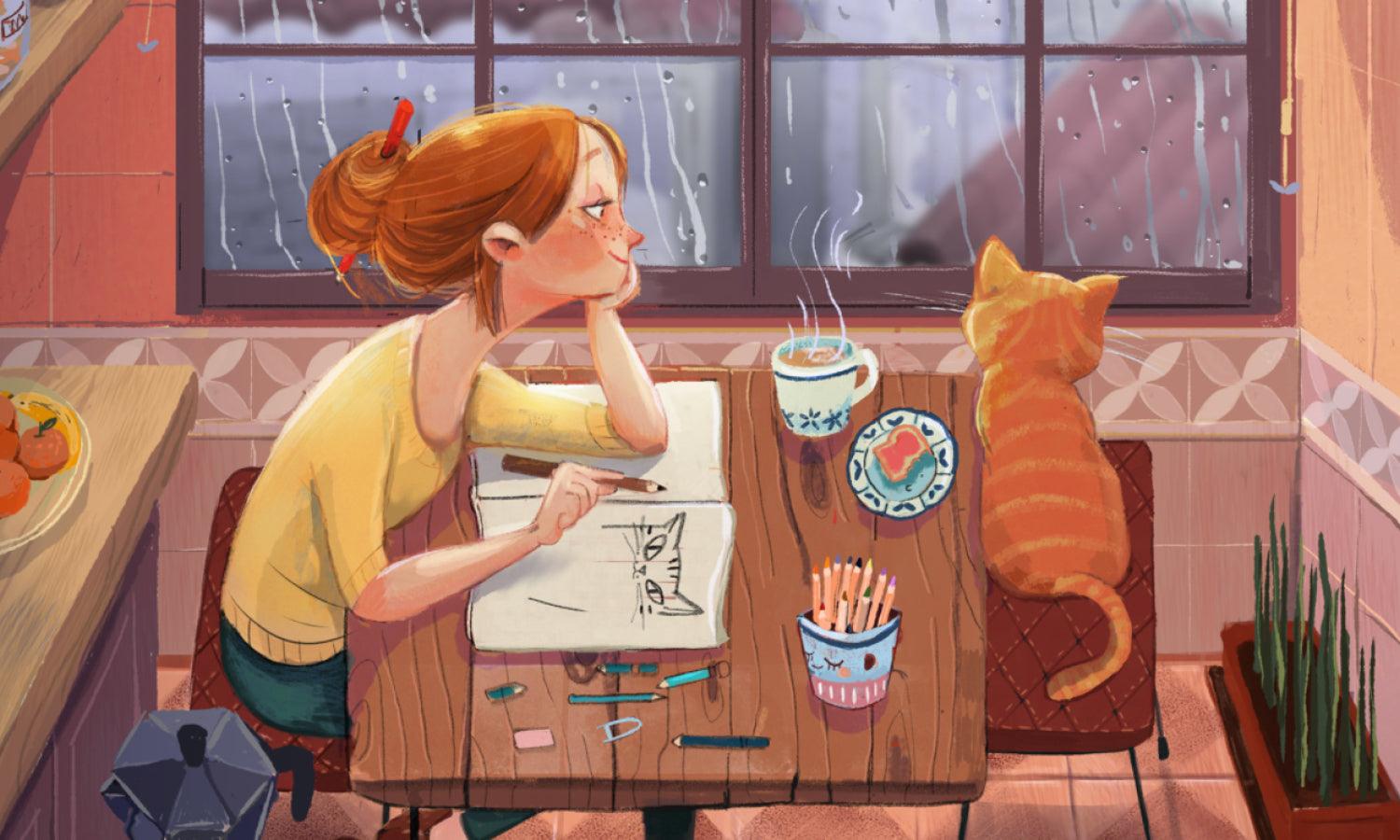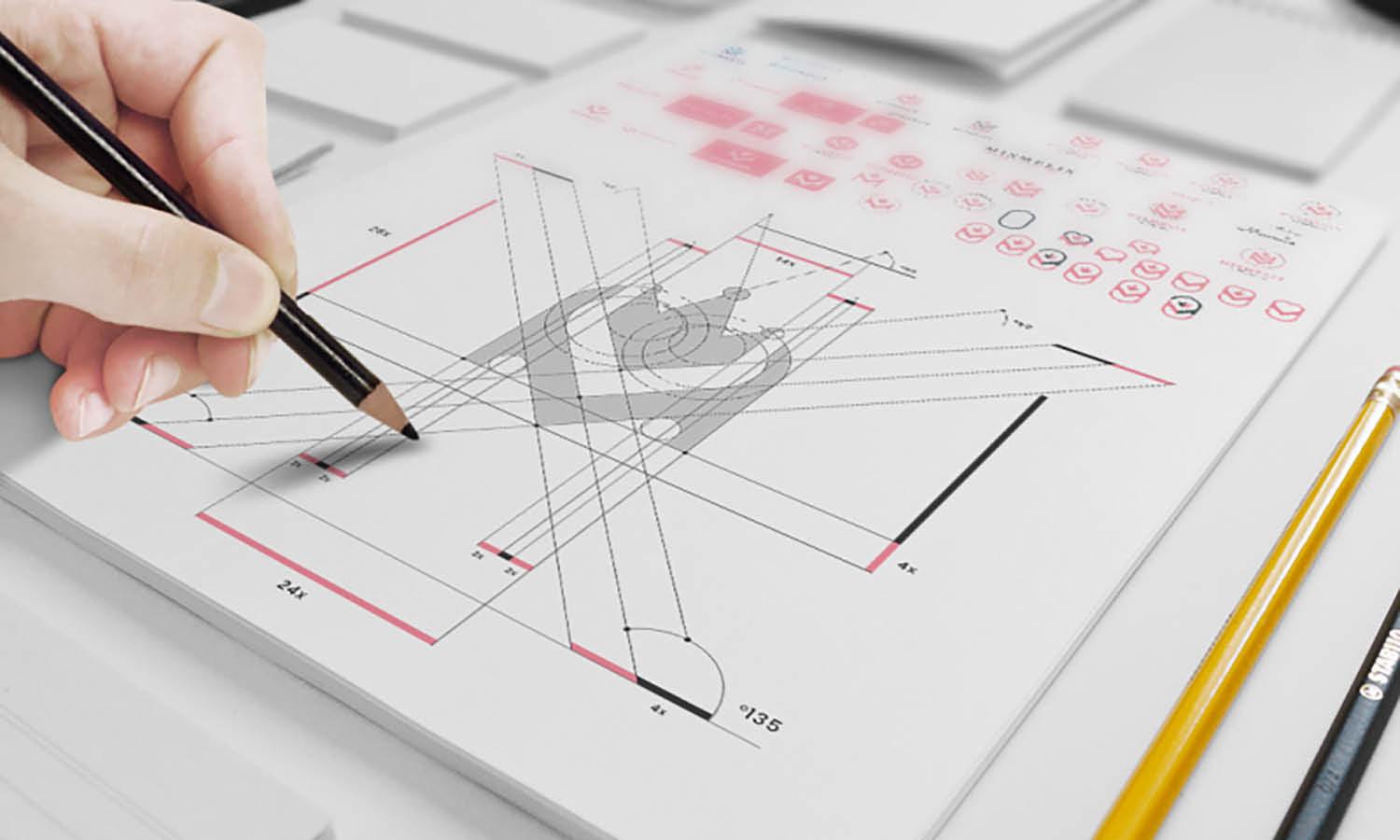Louvre Museum (Musée du Louvre), Paris | Art Museum Guide

Source: Pedro Szekely, Louvre Museum, Wikipedia, https://en.wikipedia.org/wiki/File:Louvre_Museum_(27128035747).jpg
The Louvre Museum (Musée du Louvre), Paris stands as one of the most celebrated cultural landmarks in the world. Known globally for its vast and diverse collection, this art museum attracts millions of visitors every year who come to experience its rich heritage and extraordinary treasures. Situated in the heart of Paris along the River Seine, the museum is housed within a historic palace that once served as a royal residence, offering an architectural journey through centuries of French history.
As an art museum, the Louvre Museum (Musée du Louvre), Paris presents a remarkable variety of works, from ancient artifacts and classical sculptures to renowned paintings and decorative arts. Walking through its expansive galleries, visitors encounter masterpieces like the Mona Lisa and the Winged Victory of Samothrace, pieces that continue to inspire and intrigue art enthusiasts around the globe.
Beyond its permanent collections, the museum frequently hosts special exhibitions, educational programs, and research initiatives, further enhancing its role as a center of learning and artistic discovery. Whether you are a first-time visitor or a returning admirer, exploring the Louvre Museum (Musée du Louvre), Paris offers a memorable experience that blends art, history, and innovation within one extraordinary setting.
Houses A World-Renowned Art Collection
The Louvre Museum (Musée du Louvre), Paris is widely recognized as an art museum that houses one of the most remarkable and extensive art collections in existence. Visitors are greeted with a sweeping array of works that span thousands of years, representing civilizations and artistic movements from across the globe. As you step through its galleries, you move through time itself, encountering ancient relics from Egypt, Mesopotamia, and Greece alongside masterpieces of the European Renaissance.
This art museum is not just known for its size but also for its diversity. The collection includes sculptures, paintings, decorative objects, and rare manuscripts, each telling a unique story of cultural achievement. Whether you are interested in classical antiquities, Islamic art, or 19th-century French painting, the Louvre Museum (Musée du Louvre), Paris provides an experience that few other institutions can match.
Scholars, artists, and travelers consider this art museum a cornerstone for understanding the evolution of creativity. Its carefully curated galleries ensure that every visitor, from first-time explorers to seasoned art historians, finds inspiration. The museum’s role in preserving and showcasing these works makes it not only a treasure of Paris but also a beacon for the world’s shared artistic heritage.
Features Iconic Masterpieces
The Louvre Museum (Musée du Louvre), Paris is celebrated for housing some of the most iconic masterpieces in art history. Among its extensive collection, certain works have achieved legendary status, drawing countless visitors eager to stand before them in admiration. The Mona Lisa, painted by Leonardo da Vinci, is undoubtedly the most famous piece in the museum, known for its enigmatic smile and extraordinary technique that has fascinated viewers for centuries.
Beyond this renowned painting, the art museum also features the Winged Victory of Samothrace, a striking Hellenistic sculpture that commands attention with its sense of motion and grace. Equally captivating is the Venus de Milo, an ancient Greek statue representing timeless beauty and elegance. These masterpieces are not isolated highlights; they are part of a larger narrative that showcases the depth of artistic achievement throughout human history.
The Louvre Museum (Musée du Louvre), Paris presents these works in thoughtfully designed spaces that enhance their visual impact. Visitors can spend hours exploring the galleries, tracing connections between eras and artistic styles. For anyone passionate about art, standing before these masterpieces is an unforgettable experience, making this museum an essential destination in the cultural heart of Paris.
Showcases Extensive Sculptures
The Louvre Museum (Musée du Louvre), Paris is not only celebrated for its paintings but also for its extraordinary collection of sculptures. This art museum houses works that span from ancient civilizations to the neoclassical era, allowing visitors to witness the evolution of form, material, and artistic expression. Walking through the sculpture galleries, you encounter masterpieces that highlight human creativity, technical mastery, and cultural storytelling.
Among the most renowned pieces is the Winged Victory of Samothrace, dramatically placed atop a staircase, capturing movement and triumph in marble. Equally famous is the Venus de Milo, an ancient Greek sculpture that embodies grace and beauty while remaining an enduring symbol of classical art. These iconic works are complemented by countless other treasures from Roman busts, Egyptian statuary, and intricately carved medieval reliefs.
The Louvre Museum (Musée du Louvre), Paris organizes its sculpture collections in thematic and chronological sections. Visitors can explore monumental stone figures, delicate bronze creations, and intricately detailed wood carvings. Each sculpture provides a unique perspective on the cultural and historical context in which it was created. The variety and scale of these works ensure that the museum offers an unforgettable journey through the artistry of three-dimensional form.
Resides In A Historic Palace
The Louvre Museum (Musée du Louvre), Paris is remarkable not only for its art but also for the building that houses it. This art museum resides within a historic palace that has witnessed centuries of transformation, from a medieval fortress to a royal residence and, finally, a cultural landmark. Its architecture tells a story of France’s rich history and evolving artistic ambitions.
Visitors entering the museum can see remnants of the original 12th-century foundations in the lower levels, offering insight into its origins as a fortified stronghold. As you move through the galleries, the grandeur of Renaissance and Baroque additions becomes evident, with ornate façades, sweeping staircases, and intricate ceilings that reflect the vision of successive monarchs and architects.
The Louvre Museum (Musée du Louvre), Paris integrates these architectural layers into a cohesive whole, creating an environment where history and art coexist. The Cour Carrée and Cour Napoléon, framed by elegant wings and the iconic glass pyramid, present striking contrasts between tradition and modernity. Exploring this historic palace adds another dimension to the museum visit, as every corridor, archway, and courtyard serves as a reminder of its enduring legacy in the heart of Paris.
Presents Diverse Cultural Exhibits
The Louvre Museum (Musée du Louvre), Paris stands out as an art museum that celebrates the richness of global heritage through its diverse cultural exhibits. Visitors can explore galleries dedicated to ancient Egyptian artifacts, including intricate sarcophagi, statues of deities, and detailed hieroglyphic inscriptions that reveal the life and beliefs of a fascinating civilization. Moving forward in history, the museum showcases Mesopotamian treasures, such as the famed Code of Hammurabi and finely carved reliefs from ancient palaces.
The Louvre Museum (Musée du Louvre), Paris also houses remarkable collections from Greek and Roman antiquity, offering sculptures, mosaics, and coins that illustrate the development of classical art and thought. Beyond Europe and the Mediterranean, the museum features Islamic art, with exquisite calligraphy, ceramics, and textiles that highlight centuries of craftsmanship. These exhibits are thoughtfully curated to provide insight into the cultural achievements of various societies across time.
By presenting works from multiple regions and eras under one roof, this art museum encourages visitors to see connections between distant cultures and shared human creativity. Exploring these exhibits is more than a visual experience; it is a journey through history, allowing each visitor to appreciate the breadth and depth of global artistic expression.
Integrates Striking Glass Pyramids
One of the most distinctive features of the Louvre Museum (Musée du Louvre), Paris is the integration of its striking glass pyramids, which have become symbols of the museum itself. Designed by architect I. M. Pei and inaugurated in 1989, the main glass pyramid serves as the museum’s entrance, blending modern design with the classical architecture of the surrounding palace.
The transparent structure allows natural light to flood the underground lobby, creating an inviting and spacious atmosphere for visitors as they enter the art museum. Its geometric precision and reflective surfaces provide a dynamic visual contrast to the ornate stone façades, demonstrating how historical and contemporary styles can harmoniously coexist.
Beyond the main pyramid, smaller glass pyramids are situated around the Cour Napoléon, enhancing the overall composition of the museum’s exterior. These structures not only guide foot traffic but also add to the aesthetic charm of the museum grounds, offering stunning photo opportunities from every angle.
The Louvre Museum (Musée du Louvre), Paris uses these pyramids as a metaphor for openness and innovation, inviting people from around the world to step inside and experience its treasures. Their bold design has become an integral part of the museum’s identity, admired by architects, artists, and visitors alike.
Includes Decorative Arts Collections
The Louvre Museum (Musée du Louvre), Paris is not only celebrated for its paintings and sculptures but also for its remarkable decorative arts collections. This art museum offers visitors the chance to explore objects that reflect the refinement and craftsmanship of different historical periods. These collections include furniture, porcelain, glassware, clocks, tapestries, and jewelry, each piece illustrating the artistic tastes and cultural values of its time.
As visitors walk through the galleries dedicated to decorative arts, they encounter rooms arranged as period interiors, recreating the ambiance of grand French residences. Intricately carved cabinets, gilded mirrors, and elaborately embroidered textiles provide insight into the lives of aristocrats and royalty. The museum’s holdings also highlight the evolution of techniques, from delicate enameling to masterful wood inlay.
The Louvre Museum (Musée du Louvre), Paris ensures these works are displayed in ways that honor their original contexts while allowing viewers to appreciate their artistry. These objects are more than utilitarian items; they are expressions of creativity that blend function with beauty. By exploring this collection, visitors gain a deeper understanding of how art permeated daily life and shaped the environments of past centuries, making this museum an enriching destination for design enthusiasts.
Preserves Historic Artifacts
The Louvre Museum (Musée du Louvre), Paris serves as a guardian of historic artifacts that span civilizations and centuries. Within this art museum, visitors discover objects that document the achievements and beliefs of cultures from across the world. Ancient tools, ceremonial vessels, manuscripts, and coins are meticulously preserved to safeguard their stories for future generations.
One of the most captivating sections features Egyptian artifacts, including statues of pharaohs, amulets, and intricately painted coffins. These treasures offer valuable insight into rituals, religion, and craftsmanship. Similarly, the museum’s Mesopotamian collection showcases engraved tablets and monumental sculptures that illuminate the development of early writing and governance.
The Louvre Museum (Musée du Louvre), Paris also holds medieval and Renaissance artifacts, such as illuminated manuscripts and finely wrought reliquaries, which illustrate the intersection of art, faith, and history. Each piece is presented with careful interpretation, helping visitors understand its cultural significance.
By preserving these objects, the museum acts as a bridge between the past and present, allowing viewers to appreciate humanity’s enduring creativity and ingenuity. Exploring these artifacts enriches any visit, turning a walk through the galleries into a meaningful journey through time and civilization.
Offers A Central Courtyard Experience
The Louvre Museum (Musée du Louvre), Paris invites visitors to enjoy more than its interior galleries by offering a memorable central courtyard experience. At the heart of this art museum lies the Cour Napoléon, a vast open space framed by the elegant wings of the historic palace. This courtyard is famously known for the striking glass pyramid that serves as the museum’s main entrance, a modern architectural icon set against classical façades.
As visitors step into the courtyard, they are met with an impressive blend of history and innovation. The carefully arranged pathways and fountains create a welcoming atmosphere, encouraging guests to pause and admire the surrounding architecture. The juxtaposition of the centuries-old stone structures with the contemporary pyramid reflects the museum’s commitment to preserving tradition while embracing progress.
The Louvre Museum (Musée du Louvre), Paris also uses this central courtyard as a meeting point, making it easy for groups and families to gather before exploring the galleries. Whether viewed during the day with sunlight dancing off the glass or at night when the buildings and pyramid are beautifully illuminated, the courtyard provides an inspiring backdrop. This space is not just an entryway but an essential part of the museum’s overall experience, offering a moment of reflection in the cultural heart of Paris.
Features A Museum Shop And Dining Options
The Louvre Museum (Musée du Louvre), Paris enhances every visit by offering a well-curated museum shop and convenient dining options. After exploring the extensive galleries of this art museum, visitors can browse a selection of items inspired by the museum’s world-renowned collections. The shop features art books, exhibition catalogs, stationery, and reproductions of famous works, allowing guests to bring a piece of their experience home.
Beyond the shop, the Louvre Museum (Musée du Louvre), Paris provides several cafés and restaurants within the complex. These dining spaces offer a variety of choices, from quick snacks and pastries to full meals, catering to diverse tastes and schedules. Visitors can enjoy a relaxing coffee break or a light lunch while surrounded by the museum’s elegant architecture, making their time in the museum both inspiring and comfortable.
The thoughtful placement of these amenities means that guests do not need to leave the museum to find refreshment or souvenirs. Whether you are searching for a unique gift, a practical guidebook, or a moment to rest, these services enhance the overall visit. They reflect the museum’s dedication to providing a welcoming and enriching environment for art enthusiasts from around the world.
Conclusion
The Louvre Museum (Musée du Louvre), Paris stands as a remarkable art museum that offers an unparalleled journey through centuries of human creativity. From its world‑famous masterpieces and extensive sculptures to its decorative arts and historic artifacts, every corner reveals layers of cultural significance. Housed within a magnificent palace and enhanced by modern architectural features like the glass pyramid, the museum creates an inspiring environment for visitors of all backgrounds. Whether exploring its galleries, enjoying its courtyard, or relaxing in its cafés, a visit to the Louvre Museum (Musée du Louvre), Paris is truly an unforgettable experience.
Let Us Know What You Think!
Every information you read here are written and curated by Kreafolk's team, carefully pieced together with our creative community in mind. Did you enjoy our contents? Leave a comment below and share your thoughts. Cheers to more creative articles and inspirations!
















Leave a Comment